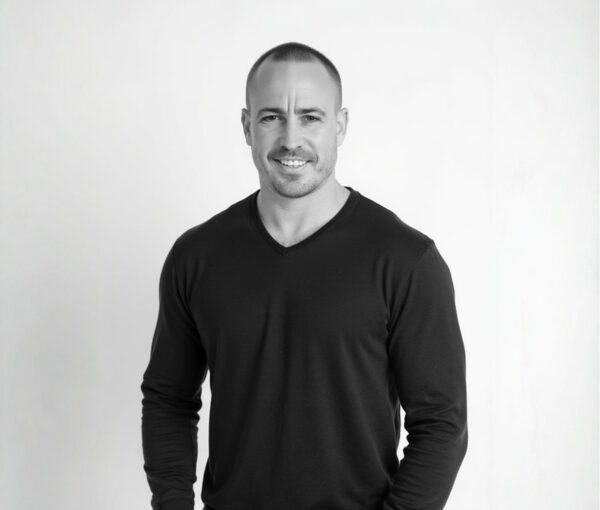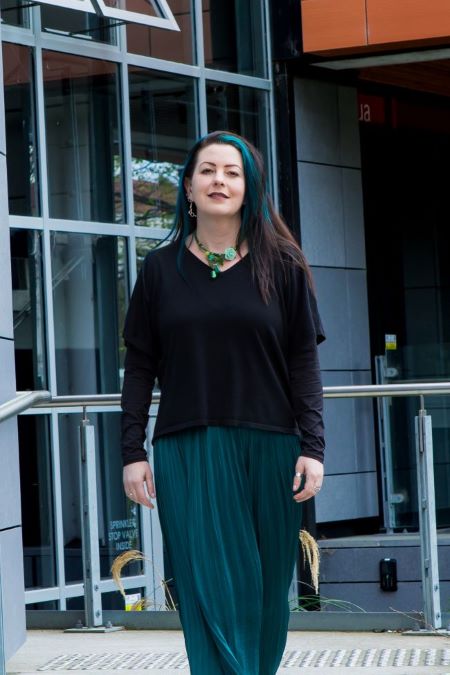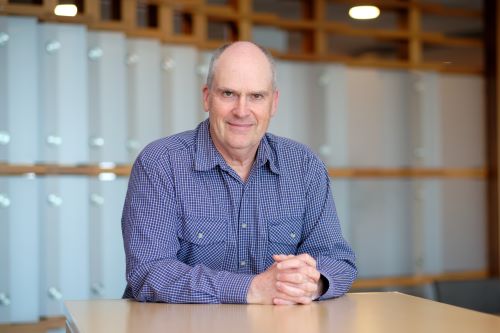It seems Kermit the frog got it wrong – it is easy being green. That’s the message Warren and Mahoney partner Graeme Finlay would most like to pass on to other companies contemplating the journey his firm has taken toward carboNZero certification.
“As company, we’ve been thinking about it for around three years and whether we should be looking at overseas schemes. Then the Landcare scheme got under way here but we didn’t engage with it straight away because we thought it would be more difficult, time-consuming and expensive than it has in fact proved to be.
“That was bit of surprise so I kick myself that we didn’t go down this track few years ago.”
One of this country’s largest architectural firms with offices in Christchurch, Wellington, Auckland and Queenstown, Warren and Mahoney had long decided that “green” was the colour of its future in terms of building design.
“More than six years ago we’d made the decision that environmental issues were going to be major for our company in terms of our ability to deliver what our clients would be asking for,” explains Finlay. “So we wanted to pre-empt the market and look at where we thought design in architecture was going to go in future – and to be part of that.”
The company got involved in setting up the Green Building Council, has engaged with several environmental pilot schemes – from building rating schemes to waste management – and is currently working with other organisations to develop data-base of building products based on their environmental performance.
“So we’ve been in this field for while and were looking at what we could do as business in terms of our own housekeeping,” says Finlay.
Measure – Much of the legwork for certification was taken on by the firm’s business administrator Cheryl Kilpatrick who says the hardest part was getting to grips with what the company had to measure.
“Most of the work comes from collating information for the measurement stage of the process – that’s where the bulk of the time goes. When you’re starting from scratch, you have to go through all your records. But that will get quicker because each year we’ll be working out new ways of measuring that are easier for us.”
The amount of resources that need to go into this stage also depends on how well organised the accounts and administrative structures are already, adds Kilpatrick. For instance, it’s harder to collect information about travel if payments go onto individual credit cards rather than being centrally collated.
It’s probably lot easier to identify carbon emissions sources for service-based company than it is for manufacturer, Finlay comments. Obvious starters are energy use, petrol and travel.
“That was the bulk of it for us and the [measuring process] was actually much simpler than anyone had anticipated. However it did take while to get there because the need to get those ratified by an independent auditor took bit longer than expected.”
Identifying emissions and measuring the size of company’s carbon footprint is the most time-consuming part of the process, confirms Landcare Research leader, business and sustainability, Ann Smith. “But that varies enormously depending on the complexity of the organisation and how well organised their data is.”
Landcare has software tool that simplifies the process – enabling data to be collected simultaneously from different business units within company as well as accounting for changes in emission factors over different time periods. lot has been learned since the carboNZero scheme was first piloted in 2001 and that has helped streamline the process, says Smith.
“Certainly for the wine industry, where we now have over 30 wineries we’re working with at various stages, we’ve got the process pretty well pinned. Once company has gone through the process, they find it lot easier going into their second year.”
She says most companies are surprised by the size of their carbon footprint and the process often throws up unexpected data about where resources are being wasted or how peripheral activities impact on the overall emissions profile.
The biggest surprise for Warren and Mahoney was the level of emissions produced by its heating systems, reports Finlay. “All of our buildings are leased so we don’t have too much control over the heating but one of our offices was served by old diesel-run boilers and it was only when we did the analysis that we realised how poor the performance of the equipment was.”
Manage – Once companies have completed the measurement process and can see the size and nature of their carbon footprint, opportunities to reduce emissions literally fall out, says Smith.
“It’s presented as pie chart which is very visual representation so it becomes obvious which areas you have to target.”
Freight costs can prove biggie for exporters but for service-based firm like Warren and Mahoney, the bulk of reduction has to come from fuel use, power consumption or air travel.
Once organisations deal with the low-hanging fruit (greater rigour around power use can go long way) it does get harder to find further reductions year on year, says Smith. But it’s an area where new technologies and solutions for curbing energy use are emerging at an ever-increasing rate.
“The whole area is so dynamic. We monitor long set of overseas organisations to keep up to date with international best practice and it’s changing all the time. We are obviously evaluating these to see if they make sense here and revise what we’re doing on three-monthly basis.”
Warren and Mahoney found there were lot of simple management measures the company could take to reduce the size of its carbon footprint – like switching off lights and computers. It had already bought fleet of fuel-efficient cars and anticipates shifting these onto bio-diesel in the near future, says Finlay. Bio-diesel is also being explored as an option to reduce the carbon contributions from its heating systems – and air travel is under scrutiny.
“That’s difficult thing to deal with in the New Zealand economy because, like many other national companies, we do work across the country. But we have targeted it as an area for emissions reduction.”
Getting staff on board with the process wasn’t problem.
“It’s something that’s been ingrained in our culture for while – things like changing to free trade coffee and environmentally friendly cleaning agents. We’re really just formalising process we were already on,” says Finlay.
The certification process has prompted individual staff to log into the Landcare site and calculate their personal carbon footprints – flow-on effect that is pretty common, says Smith.
Mitigate With the greenest will in the world, carbon neutrality is goal most companies will have to work towards for some time. So to achieve carboNZero status in the shorter term, they have to mitigate their emissions by buying carbon credits. That’s where Warren and Mahoney got another surprise.
“It was cheaper than expected,” says Finlay.
The company is opting to invest in local scheme to regenerate native forest on retired farmland through Landcare’s EBEX21 (Emissions Biodiversity Exchange 21st Century) programme. This now involves pool of some 40 landowners who are compensated for retiring large tracts of land from agricultural production to serve as carbon sinks. Landcare also sources credits from landfill and windfarm projects in New Zealand.
Smith says Landcare is currently gearing up to offer three offsetting choices.
“We went through phase where we only had one at time available. In some cases we have to buy big parcels of credits ourselves to break them into smaller parcels so it’s quite big upfront investment. But there are whole lot more on the market now which we use as long as they are third-party verified.”
She says keeping up with the credit ‘bank’ is challenge because the company has taken conservative stance and only considers schemes if they are Kyoto-compliant.
“We feel the need to

Spring Break Fiji: Managing a high-impact tourism experience in the Pacific
Picture: Tourism HQ Director Richard Henry Running an international experience-led travel event on a remote Pacific island might sound like a logistical nightmare, but for Tourism HQ Director Richard Henry,










